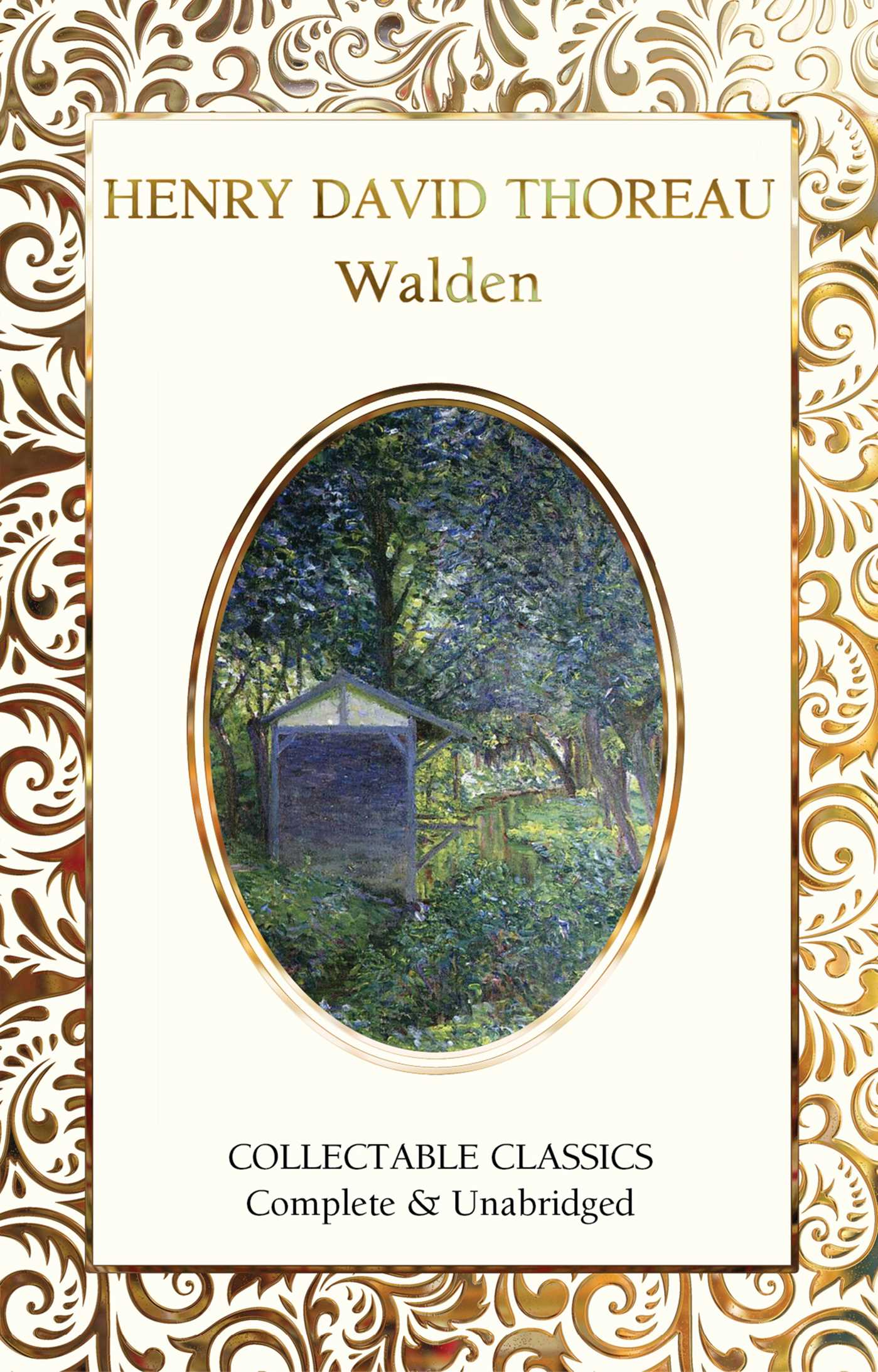

He refers to how inexpensive his life is often, and there are long stretches where he describes, on a line item basis, how much it cost to build, supply and maintain his house. There are several lists of things purchased with prices and sources. One is an attempt to provide a do it yourself guide. I was surprised by the three distinct themes I found in the book.

This idea is popular today, perhaps in slicker form, in books where people spend a year following the bible or traveling by bicycle to see what happens. It was an inquiry, a thought experiment, and arguably an American pioneer in self-discovery and taking responsibility for learning how to live. His ambitions were more philosophical than tied to a specific set of rules for what nature is, or how often he could talk to people or have them over for dinner. He was not a hard core hermit or back to nature zealot, as one might assume. Early in the book Thoreau makes clear his spot in the Walden woods, donated by a friend ( Emerson), is just a few miles from town.

But that’s not quite the reality of the text. It’s well known in our environmentally aware age, to be about a person who spent years living in the woods, in harmony with nature. Thoreau’s Walden was on that list, and I read it recently. Some books are referenced so often that eventually you just have to go and read them, just so you can challenge people who use the book as leverage in an argument.


 0 kommentar(er)
0 kommentar(er)
